Welcome
Welcome to the first issue of Traveling Through History.
I’m Michelle, the Savvy Travel Historian and I’m so glad you decided to join me.
Some of you may know me through by 13-year-old business, Content Marketing Queen (I’m the Queen there!) and a few of you may just be followers of my family’s travel journeys over the past five to six years.
Why History Travel?
I have loved to travel since my parents took me on an around the World trip in 1977, when I was 10 years old. It was during this trip that my love of history began, after a week in London that saw me fall in love with all things royal, especially Elizabeth I and Tudor history.
Fast forward many years and at University in Adelaide, I became a geographer and not an historian (dumb career choice!). I have worked in State and Local Government in South Australia in urban development and public housing and eventually we relocated to Melbourne (where my husband is from) and I have worked in our engineering business for nearly twenty years. Along the way I started to indulge in my passion for writing and became a content marketer and so the Content Marketing Queen was born.
But History has always been my biggest passion and I always wanted to study it, especially in England. In 2010 my husband and I set a goal to live/travel in the UK for at least 6 months in 2017. I would turn 50 that year and wanted it to be the ultimate present to myself!
That quickly turned into “how about a full year”? and after doing a few online courses at the University of Oxford’s Department of Continuing Education, I decided to apply for their Postgraduate Certificate in Historical Studies.
Unfortunately, they rejected me 😔, but it was a ‘nice’ rejection because they really encouraged me to look for something else in the Department. This led to my applying for and being accepted into their Pre-Master’s, Advanced Diploma in British and European Studies, year-long course.
The best part about this course was it came with a visa that allowed me to live in England and after obtaining a place at an independent school for our (then) nine-year-old, we sold our house, put our older boys in a cheaper rental house, packed eight suitcases and set off on our journey.
We lived in Reading, and I travelled four days a week to Oxford on the train to study. We travelled A LOT that first year and over the coming months, I will share that journey with you; almost all the places we went to have historical significance.
Not content with being away for one year and feeling like we were not ready to leave yet, I applied to study an MSt in Early Modern History, with Oriel College at Oxford and to my utter amazement and surprise, I was accepted.
In the 2018/19 academic year, I read an entire undergraduate degree’s worth of literature, to get enough background to complete my dissertation and essays, but I loved it so, so much!
My Diss title was “The Continental context of the printing of the early English Bible – 1520-1546”, essentially covering the Reformation in Henry VIII’s reign.
A long way from geography or Elizabeth I!
For the second time to my utter amazement and delight, I passed!
So now I have a master’s degree in history from the University of Oxford.
We decided to return to the UK in February 2020 and well, we all know what happened a month after that!
With my husband and (now) 14-year-old son, we are finally settled in a market town (largeish village) in Oxfordshire. We are starting to travel more now (as COVID things have settled) and have many exciting journeys planned for this summer.
Almost exclusively, I will lean towards the history of the places I share with you but will include tips and tricks we have learnt along the way to make your traveling easier. They will mostly be about English and European history.
Each week we will have core sections. There will be a monthly theme – June is about Castles, and I will recommend things from museums around the World, a history or travel book from my bookshelf and important historical events that week.
Mostly I will include photos we have taken ourselves.
So, they will be ‘real’, not staged, or touched up, or perfectly curated. When I want you to see something in all its glory, I will use a stock image, but the credit will let you know that. Mostly though, it will be photos taken like you yourself take them on your family holidays.
I hope that you enjoy Issue 1 and finding out about where History and Travel Meet.
I thank you for Traveling Through History with me. We are going to have a lot of fun!
Till Next Week
Michelle
June - Castles Month
Hever Castle and Tudor history are intertwined.
Most famous for it being the childhood home of Anne Boleyn, the castle and grounds are spectacular, especially in Spring and summer.
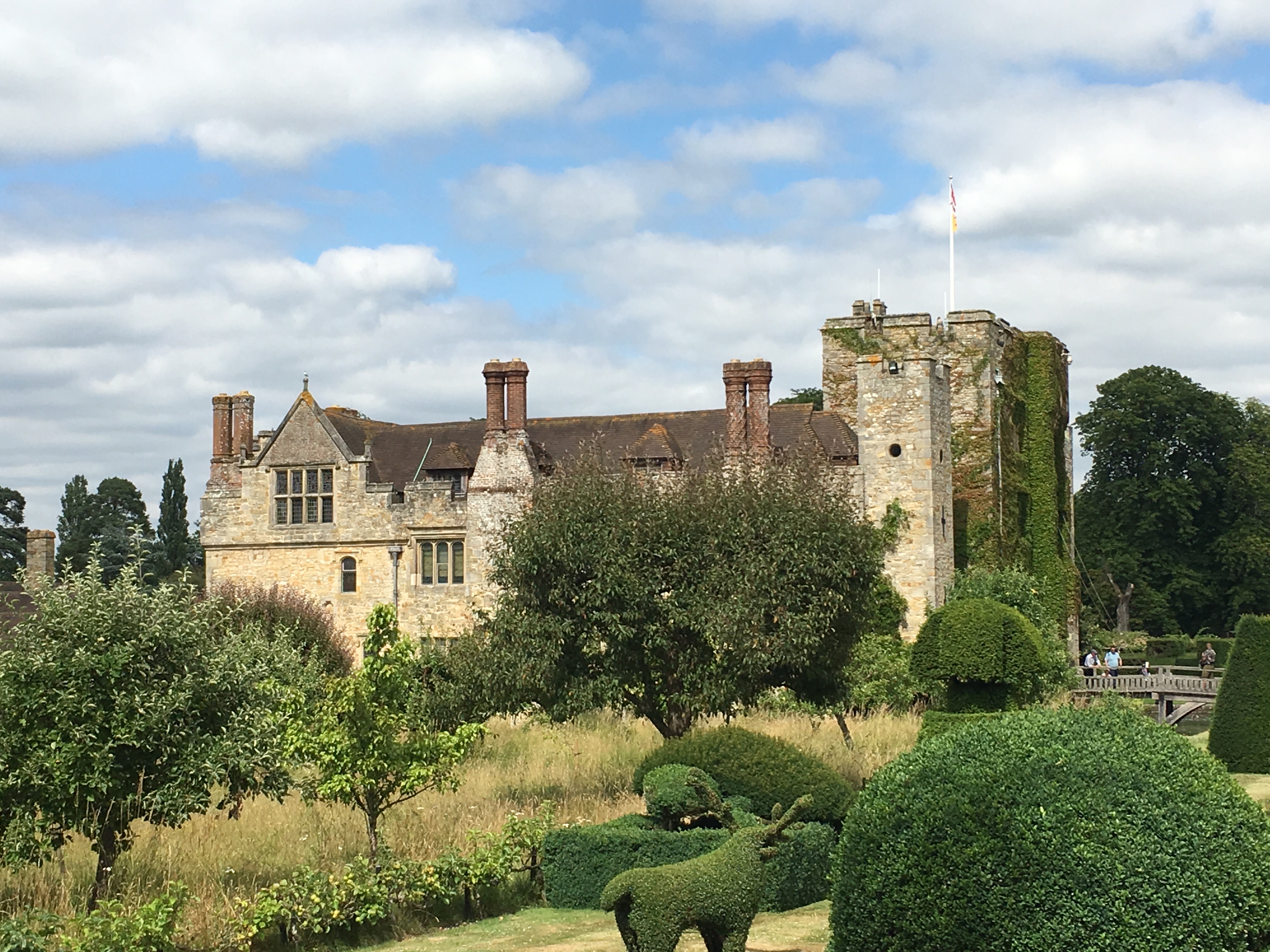
Background
Built in the 13th Century, the Boleyn family (originally spelt Bullen) owned it from 1462 – 1539. Upon Anne’s father’s death, the castle became the property of King Henry VIII who gifted it to his fourth wife Anne of Cleves as part of her settlement when their marriage was annulled.
Hever Castle is located in the village of Hever in Kent and is around 30 miles (48km) south-east of London.
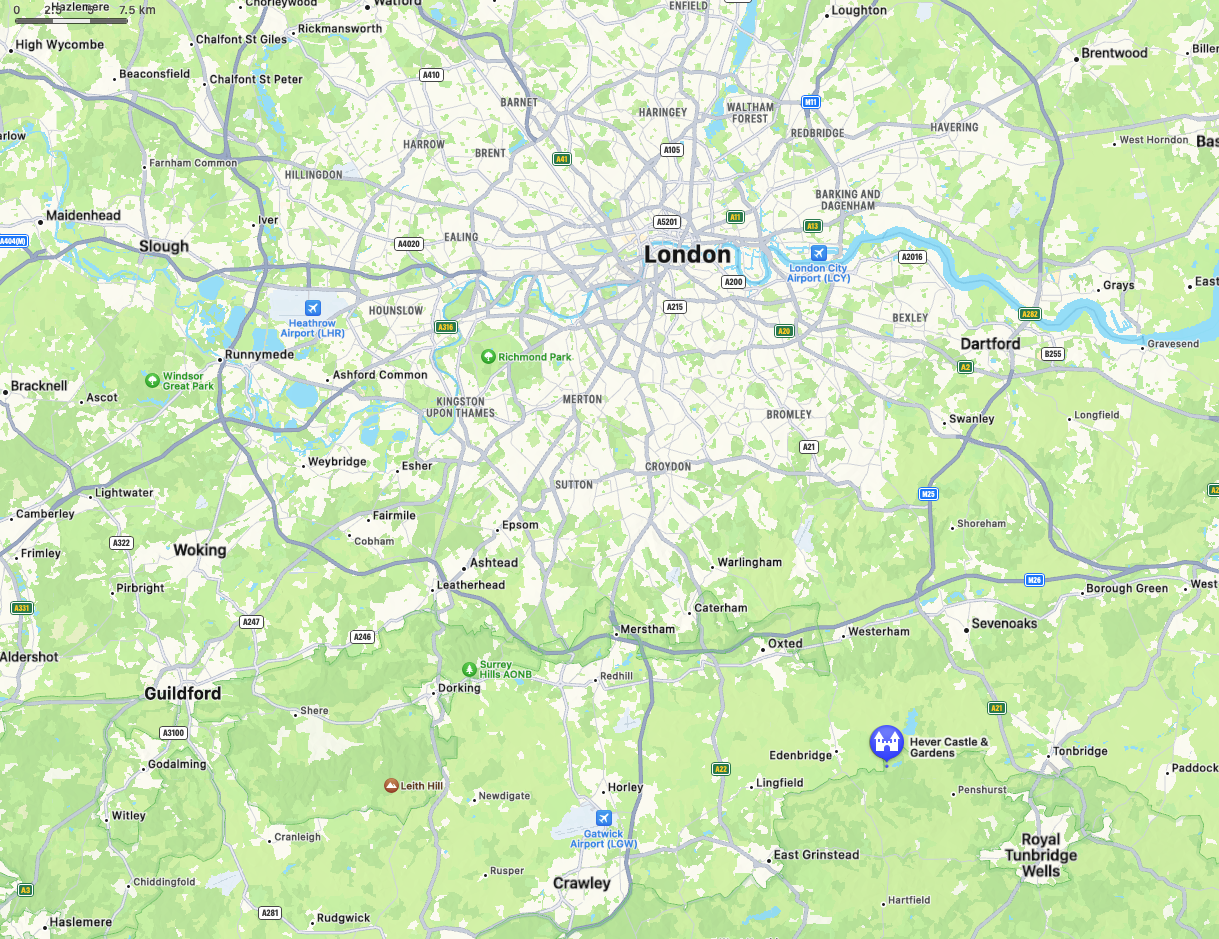
Construction
The castle has had three distinct construction periods.
The oldest section dates back to 1270, with the original building being a medieval defensive castle that still has the original large gatehouse at the front of the property. The castle has the oldest portcullis in England.
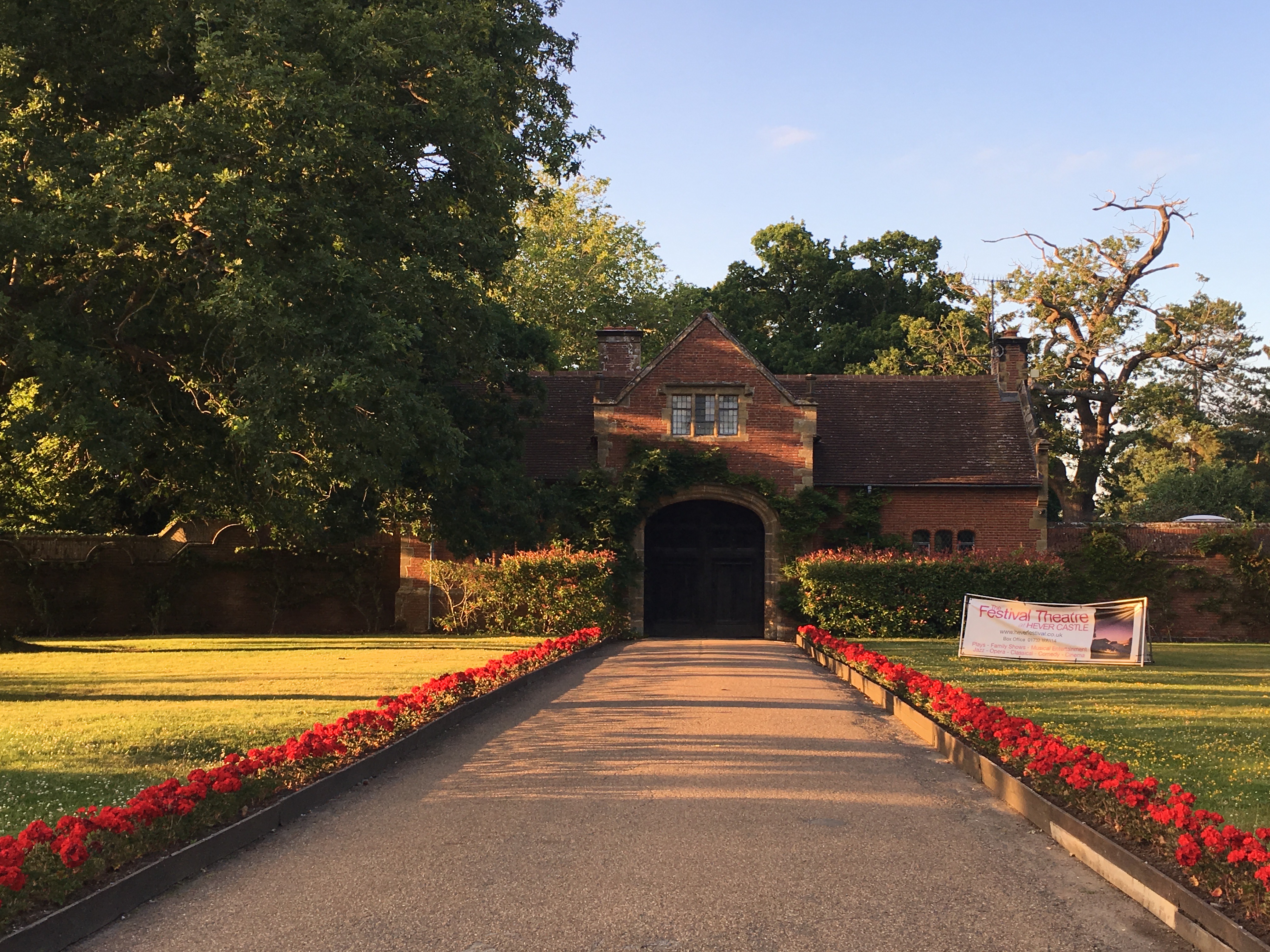
In 1462 the castle was needing repair and the Boleyn’s converted it into a manor house for the private use. Anne’s father Thomas inherited it upon his father’s death in 1505.
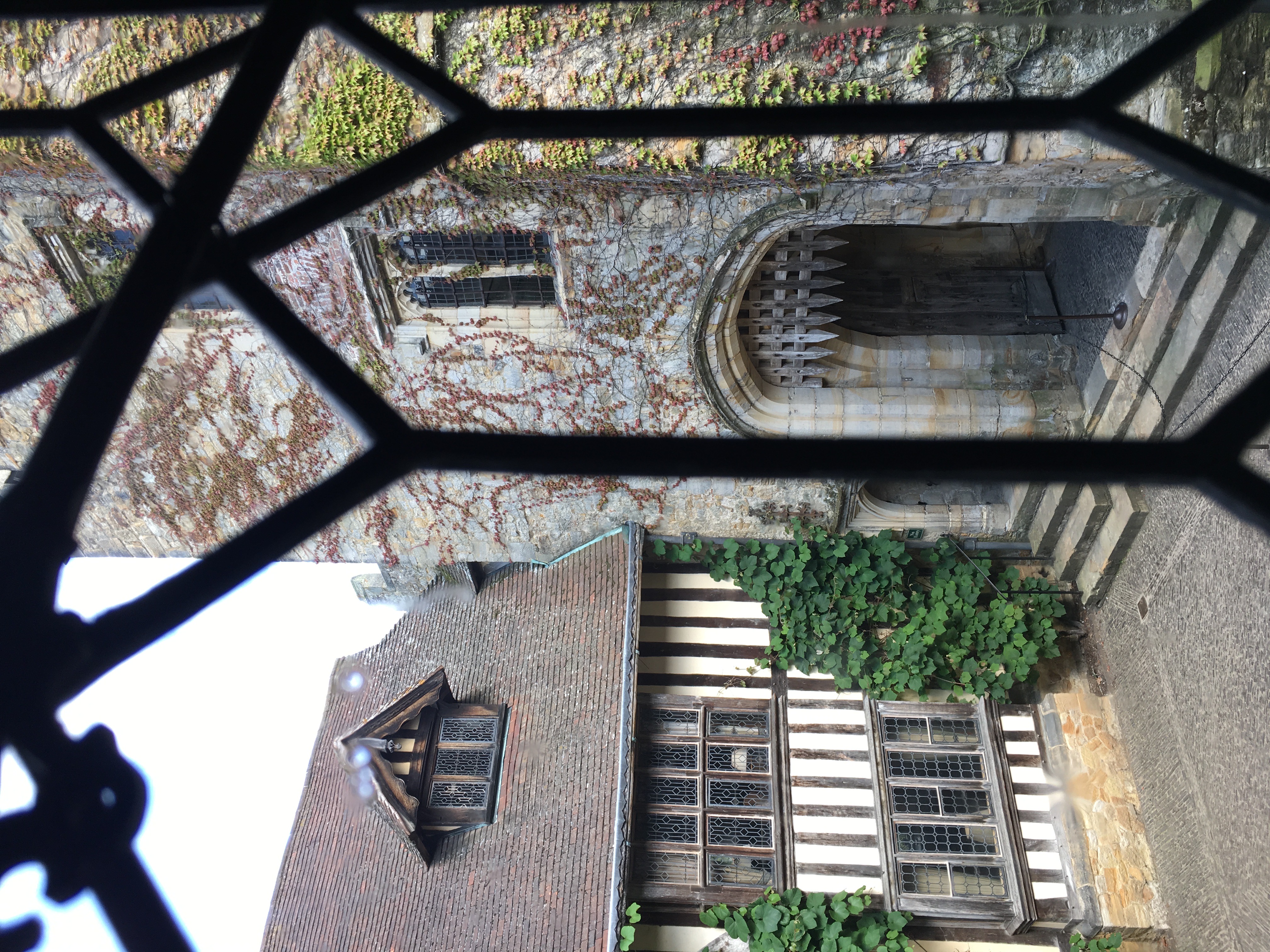
After the Boleyn’s, various families owned it until 1903 when William Waldorf Astor, the American millionaire purchased it, restored the castle into their family home, added the Tudor village, which is used for tourist accommodation now and added the Italian garden at the far end of the estate.
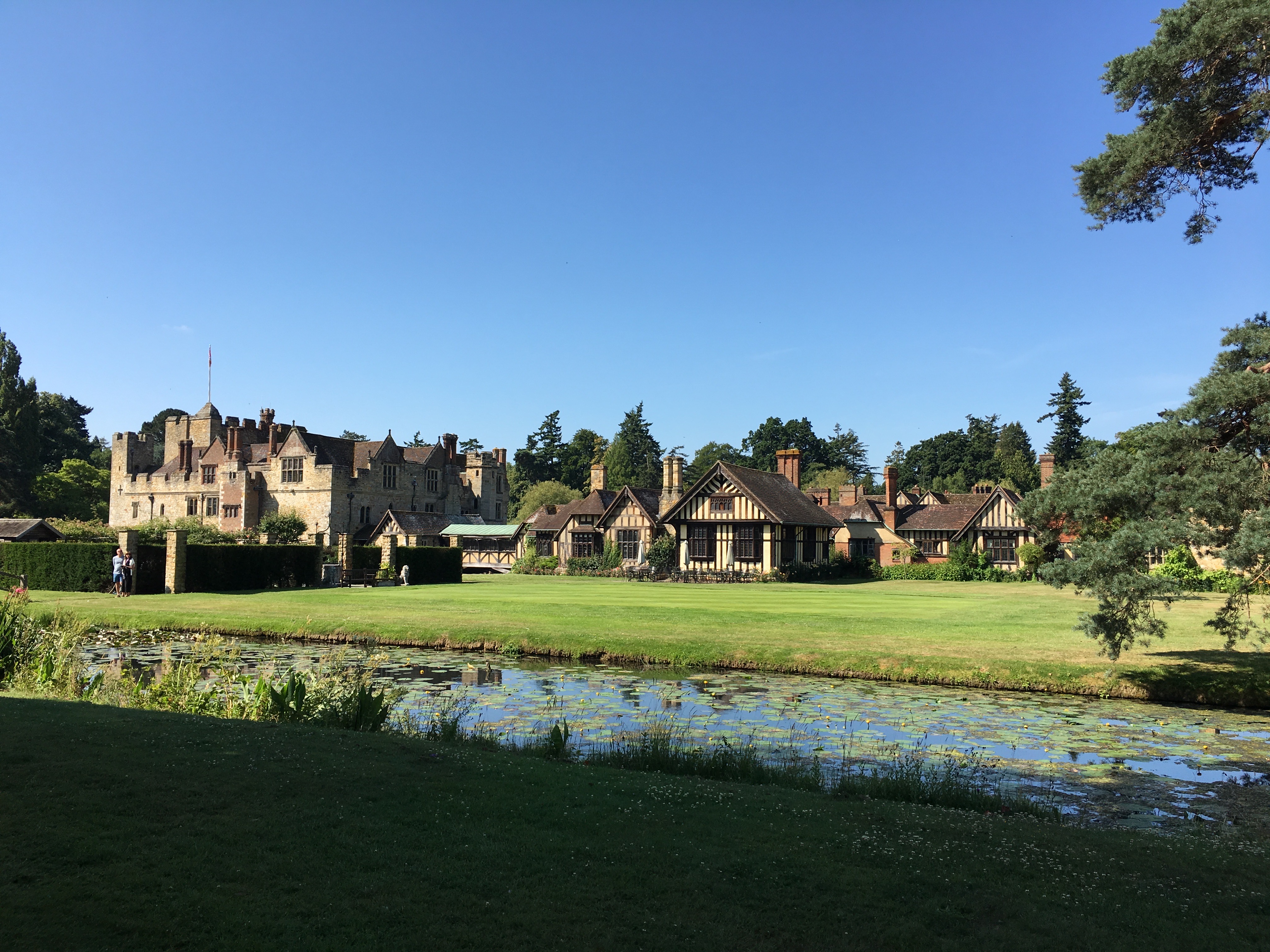
Anne Boleyn at Hever
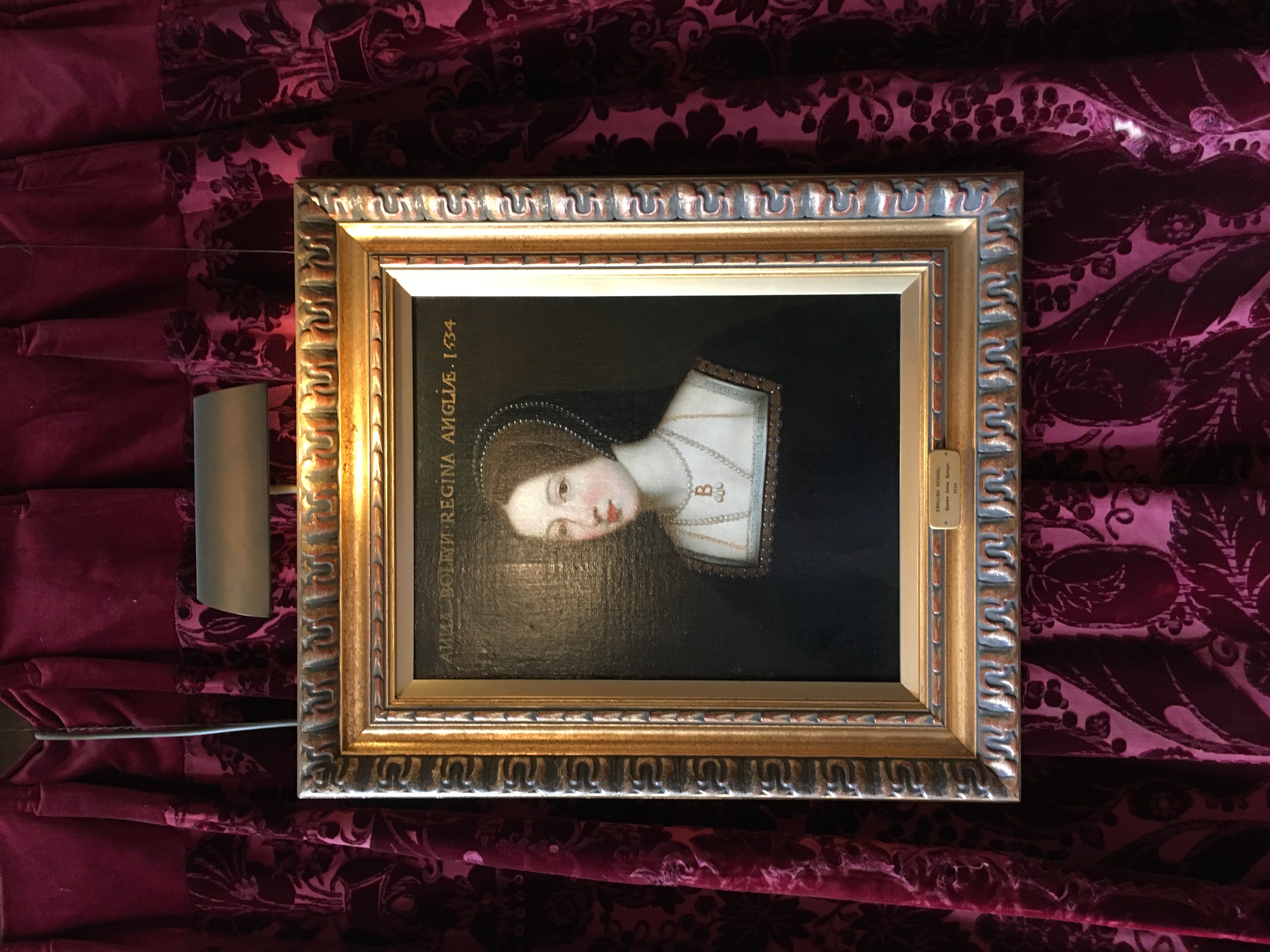
The audio guide points out a number of distinct features that relate directly to Anne.
An original wooden staircase that leads up to what was thought to be Anne’s bedroom is still in the family area of the house.
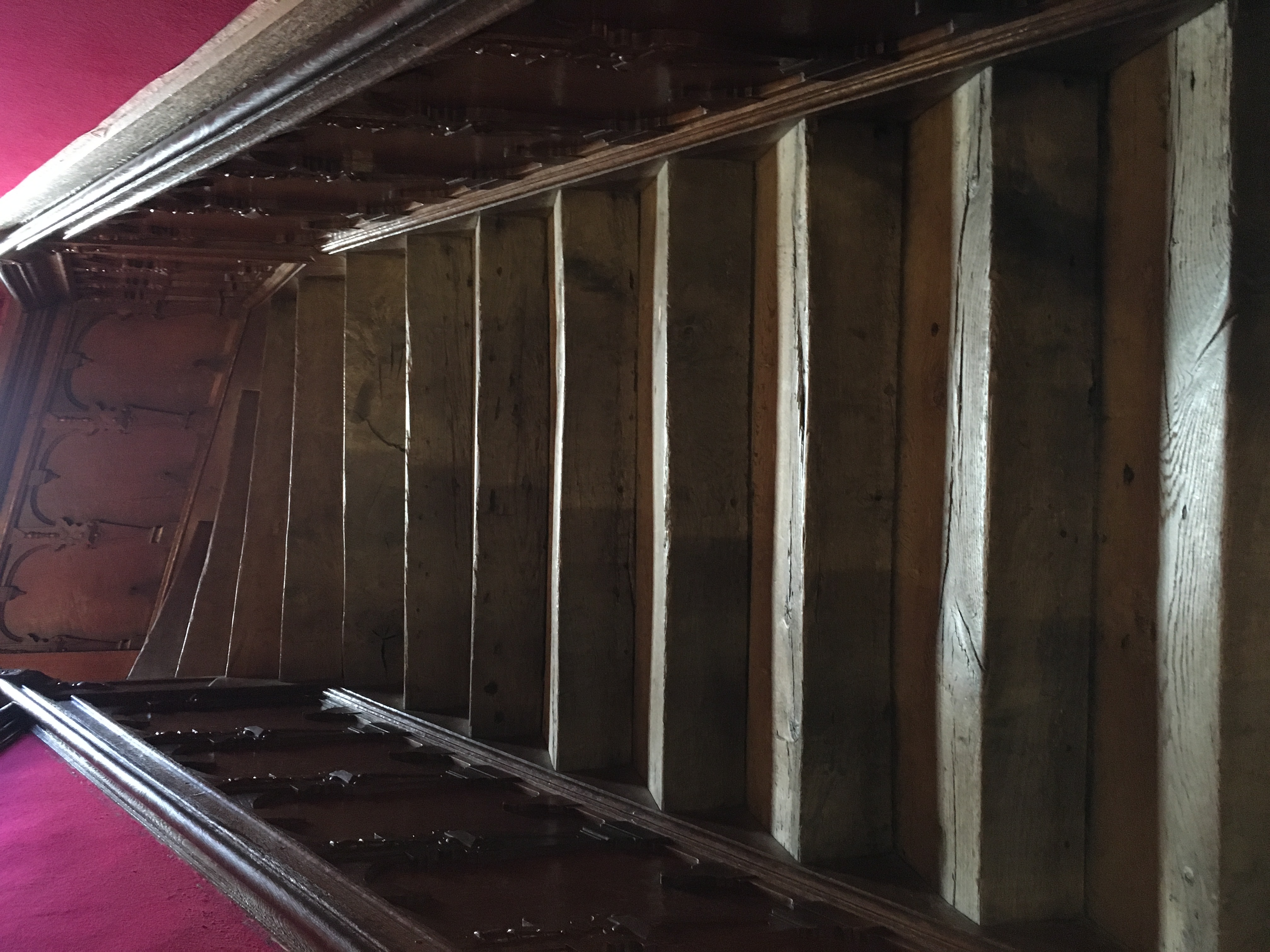
The Tudor ‘morning room’ was added during the Boleyn’s ownership and would have been used by Anne, her mother and sister, as it was mostly a ‘female’ retiring space.
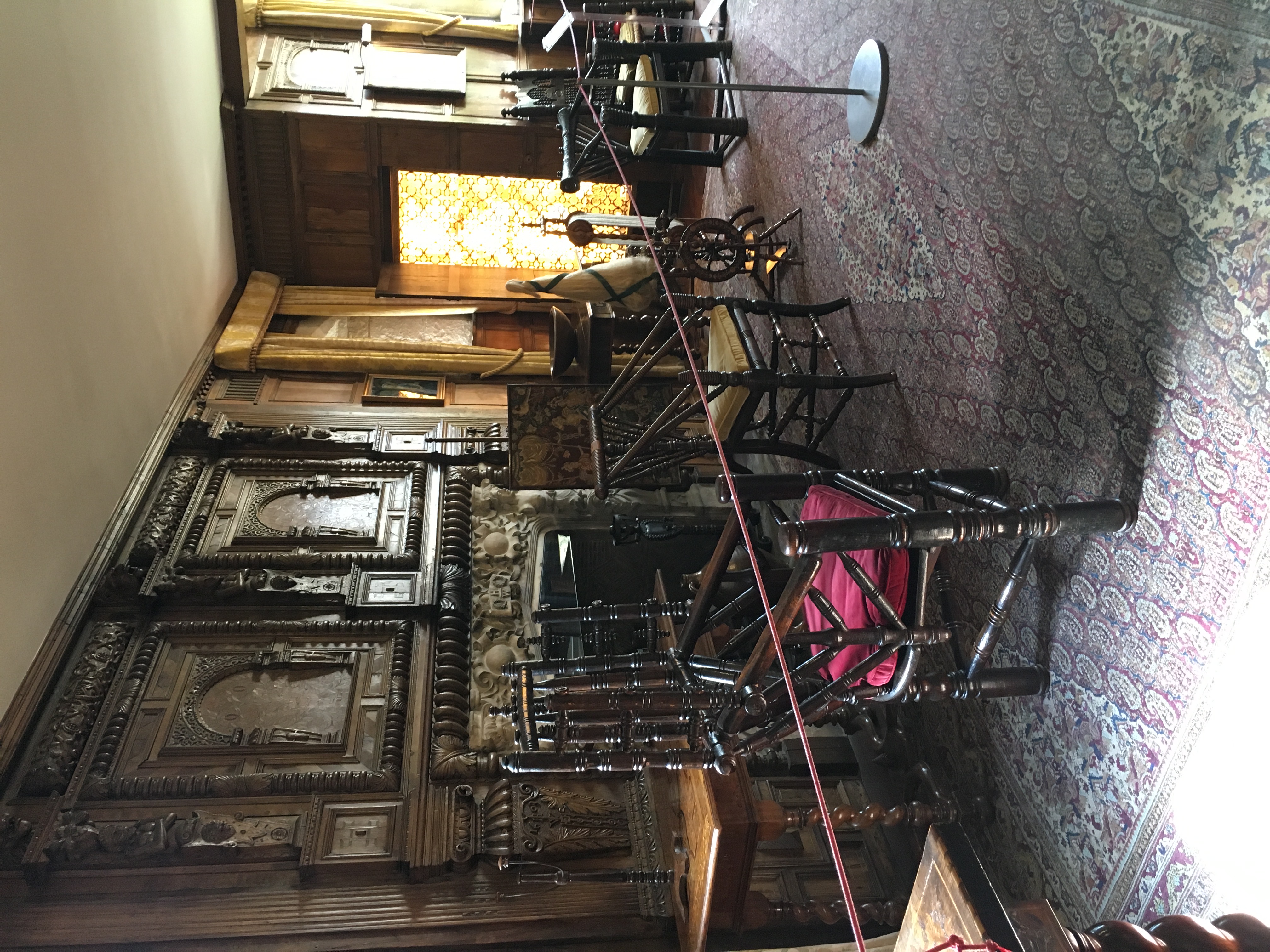
The 'Book of Hours' Room contains Anne’s prayer book and has annotations from her inscribed in it. Her family would have used this room during their ownership of the castle.
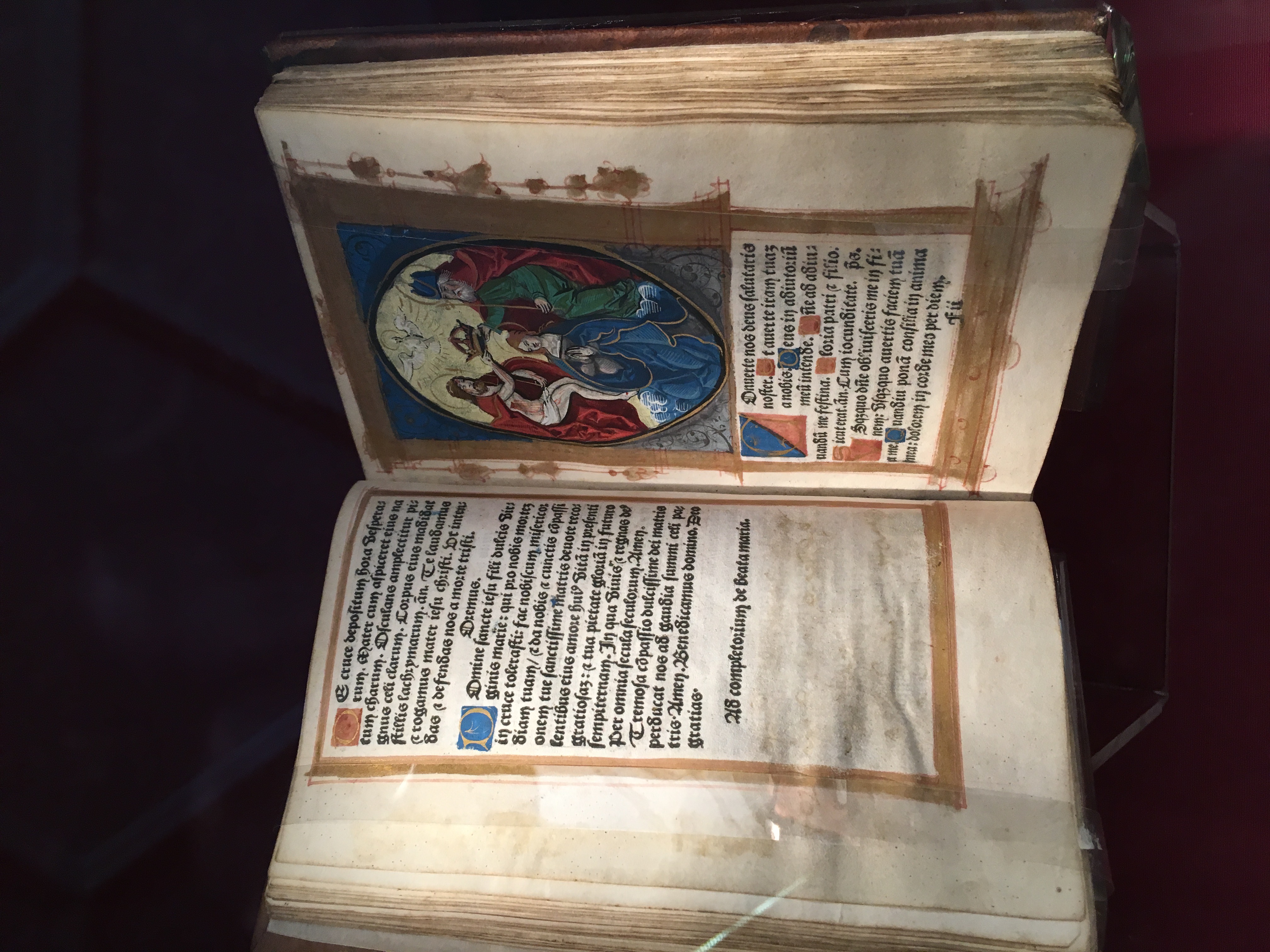
This room also contains the ‘Marriage Tapestry’ depicting the wedding of Henry’s sister Mary to King Louis of France. Astor purchased it for 70,000 francs after he bought Hever and it has remained there ever since. It is believed to be significant because the woman to the right of the bride, is thought to be Anne, as her and her sister Mary were staying at the French Court at that time.
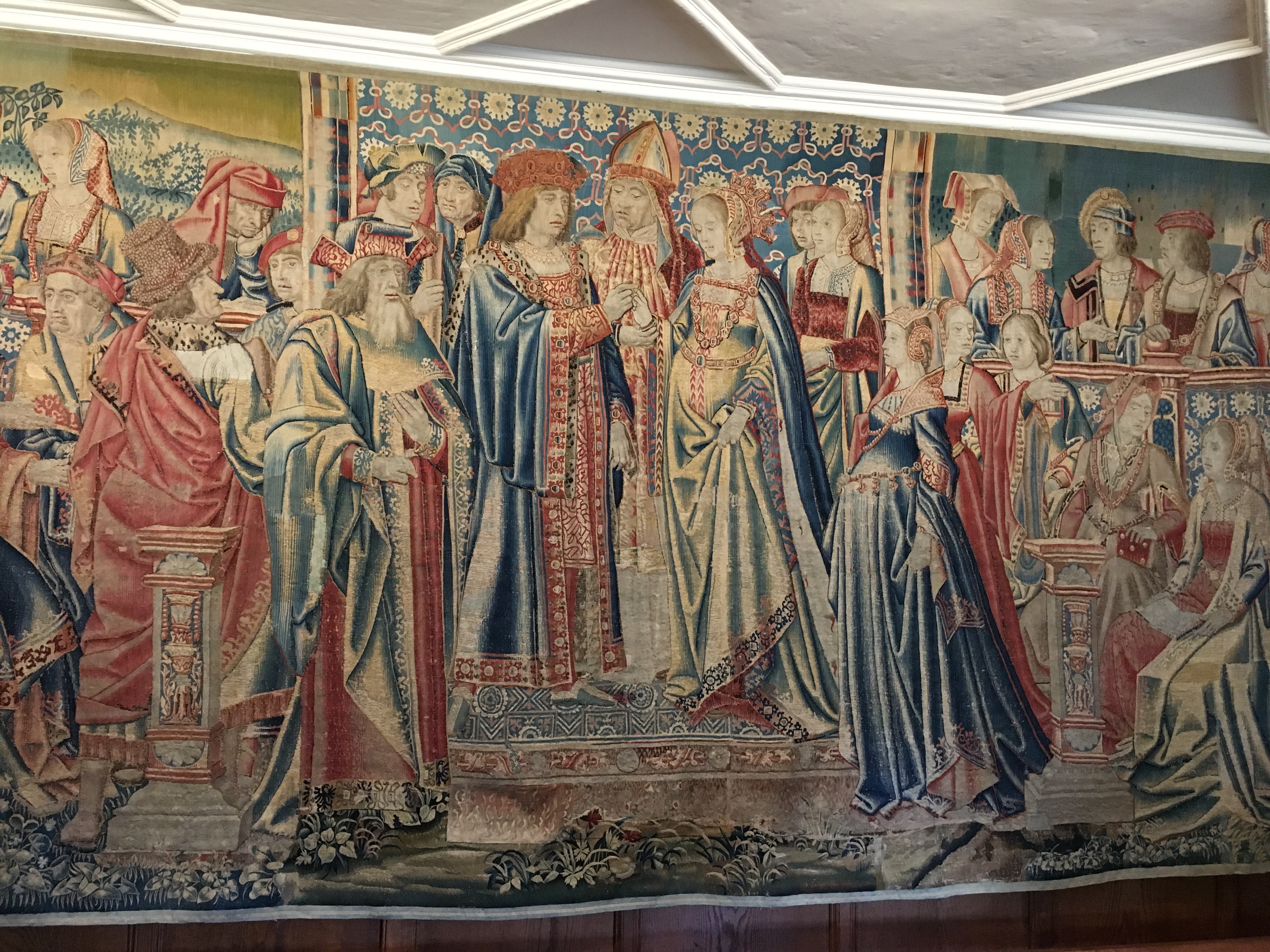
The Castle today
The castle is a thriving tourist attraction open daily from late March to early November. During the winter months it is generally open Wed-Sun.
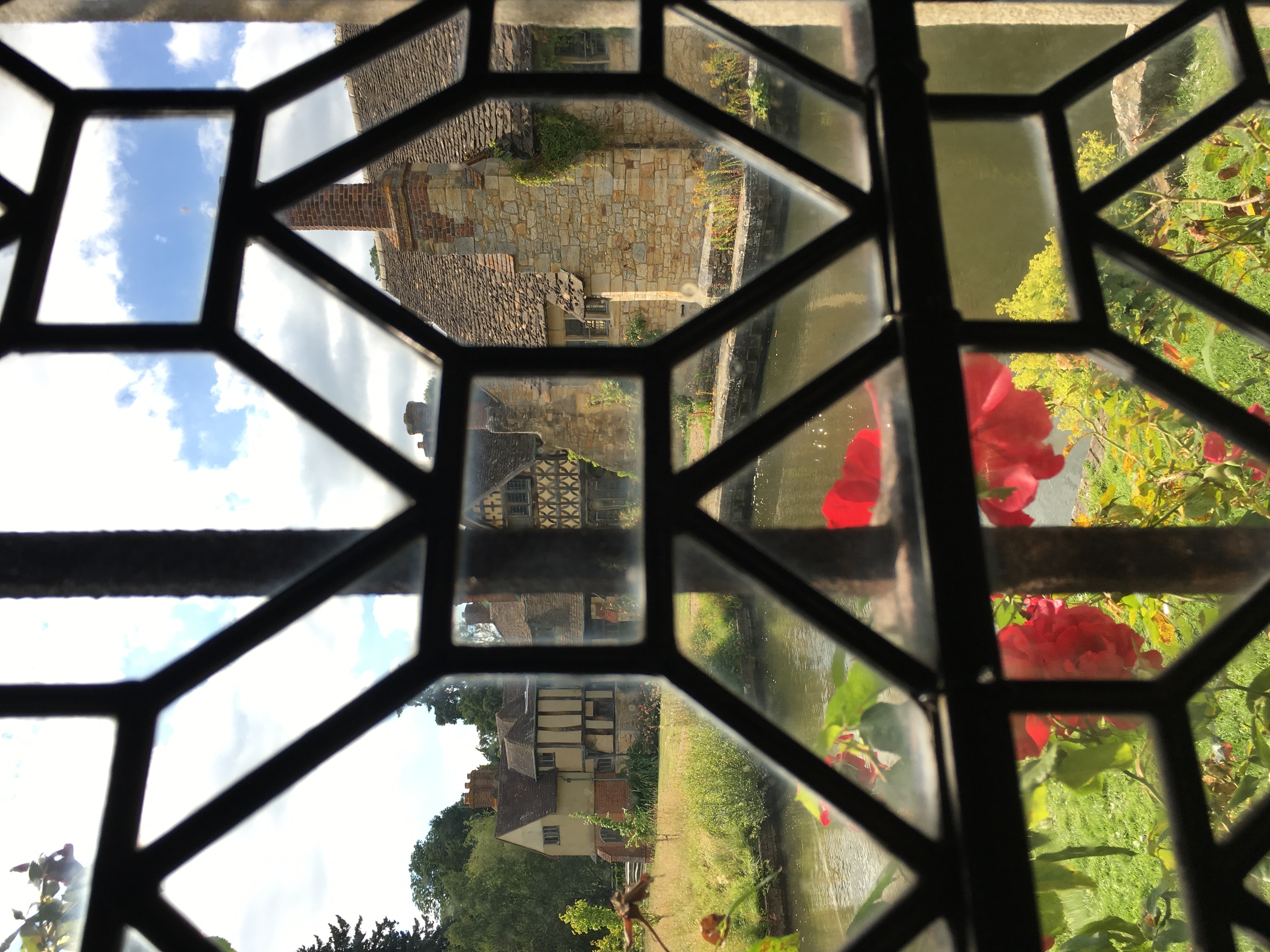
Admission includes the castle plus the extensive grounds. The gardens were mostly laid out between 1904 and 1908.
The Italian Garden was designed to show Astor’s extensive sculpture collection, with over 1,000 men working on constructing it, with the large lake taking two years to be dug out. Hever says that the garden is only now coming into its maturity.
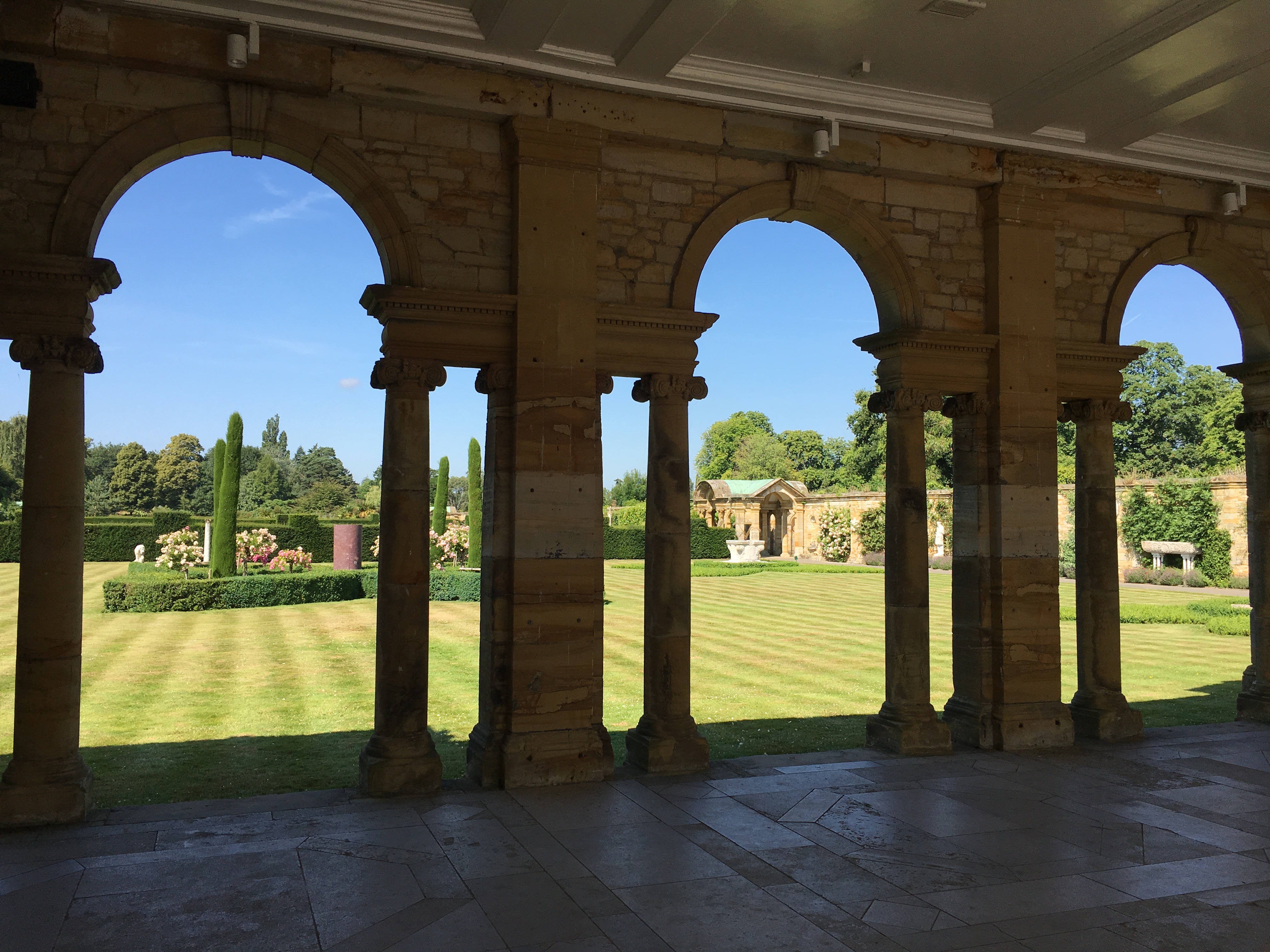
A beautiful walled rose garden was also installed, which contains over 5,000 rose bushes.
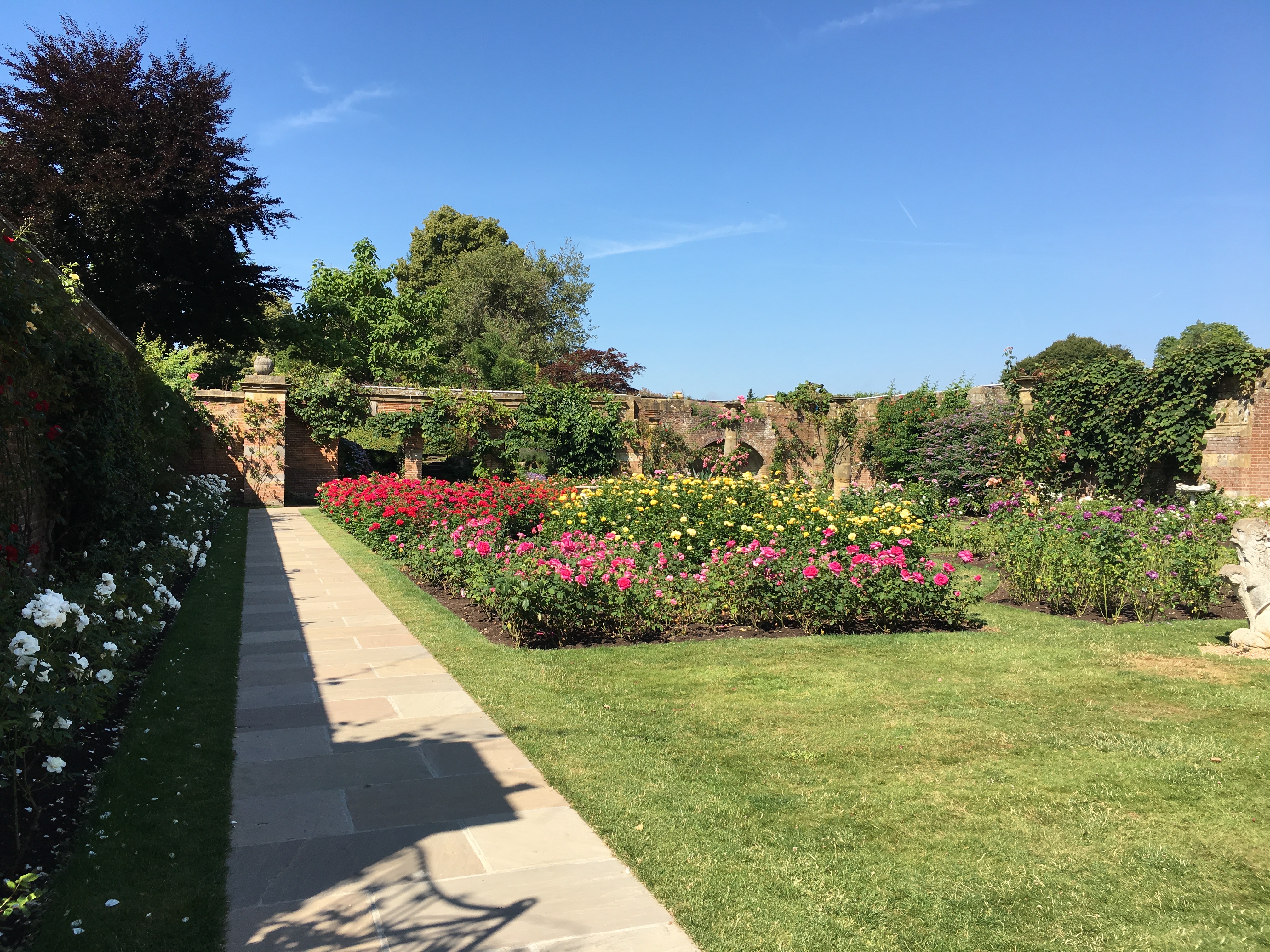
The Yew Maze is a highlight for visitors and fun for children. Over the past few years, woodland walks, with formal paths, have been added that allows visitors several peaceful walks, including two called ‘Sunday Walk‘ and ‘Church Gill Walk’.
The site includes many water features including a water maze that kids love and to keep them entertained there are five different garden trails that can be downloaded before your visit.
In total 125 acres are planted out with a number of trees now over 100 years old.
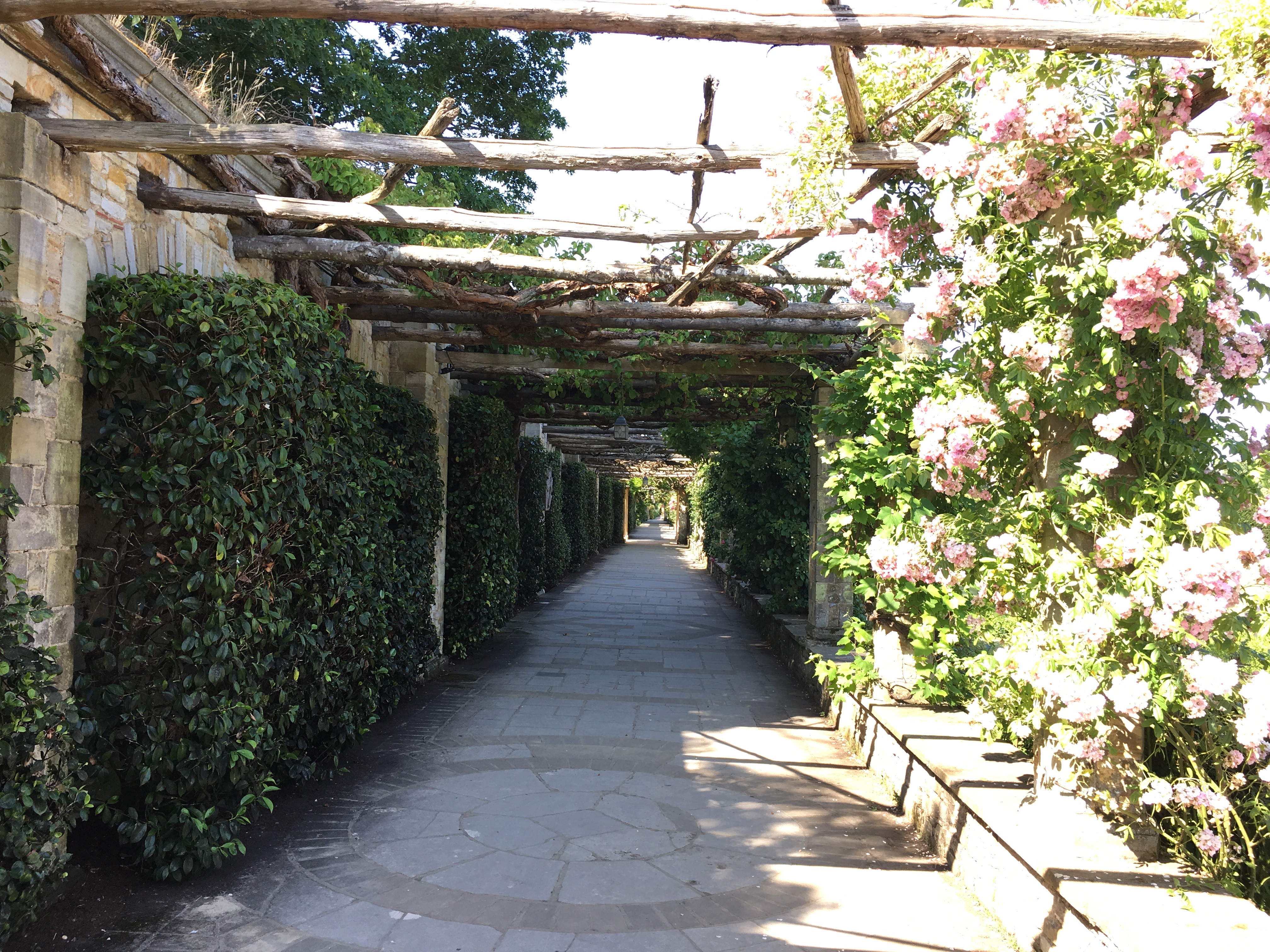
Staying overnight
B&B Accommodation is available behind the castle in the Tudor village.
The rooms are spectacularly decorated, in rich and vibrant colours, and their opulence makes you ‘feel’ like visiting royalty.
The 27 five-star bedrooms are all ensuite accommodation of varying levels of luxury, which include a full English breakfast in their stunning dining room.
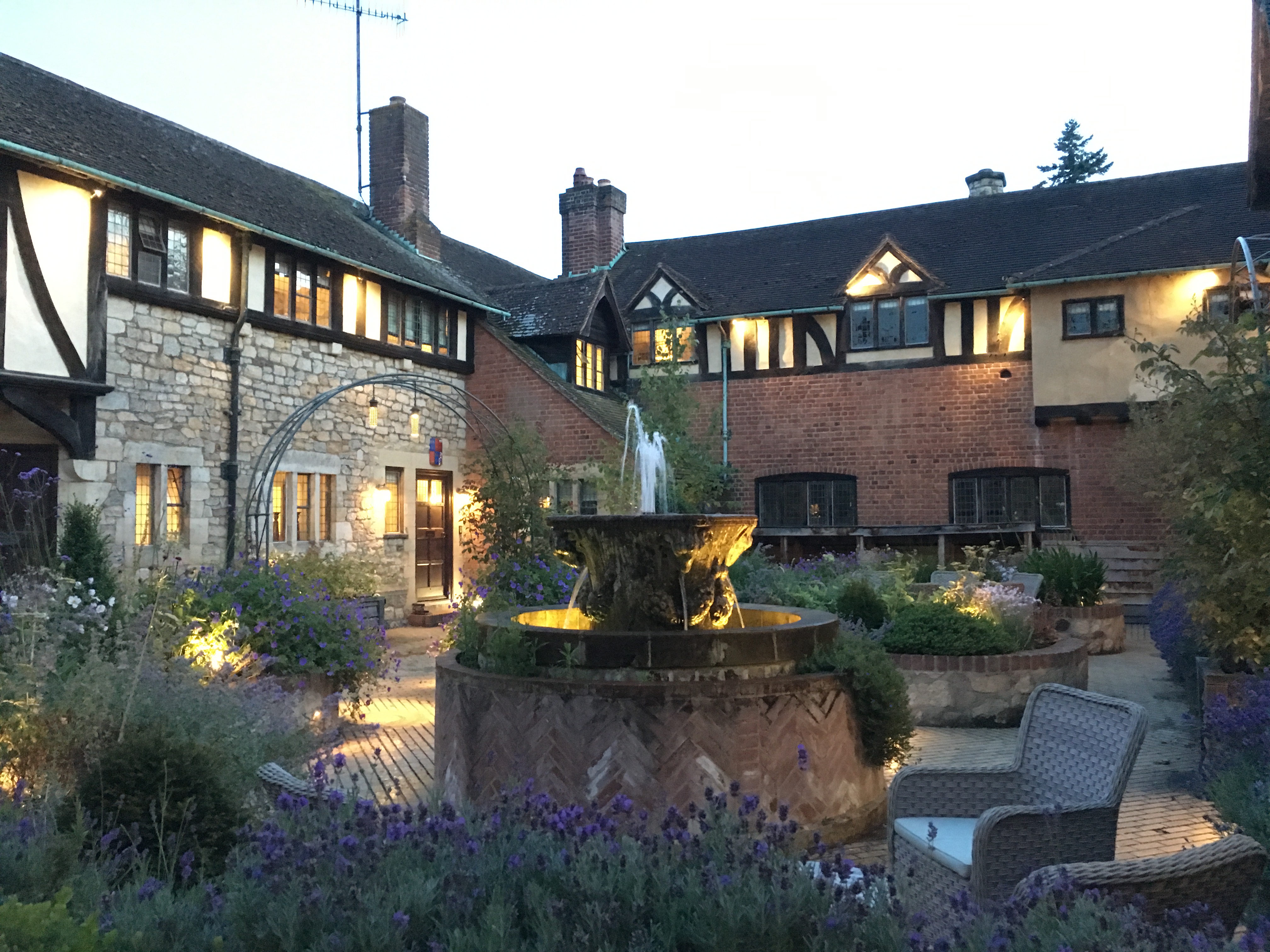
When you stay, admission to the Castle and grounds is included and a huge bonus is the ability to stroll the grounds after hours, when the public is no longer there.
The peace and tranquillity that comes from being able to do this is breathtaking and I highly recommend it!
Insiders Tip
A short walk from Hever (for those staying there) is the aptly named Henry VIII pub, which has delicious food. The walk through the gardens and out a special residents gate is also a highlight, especially with no crowds.
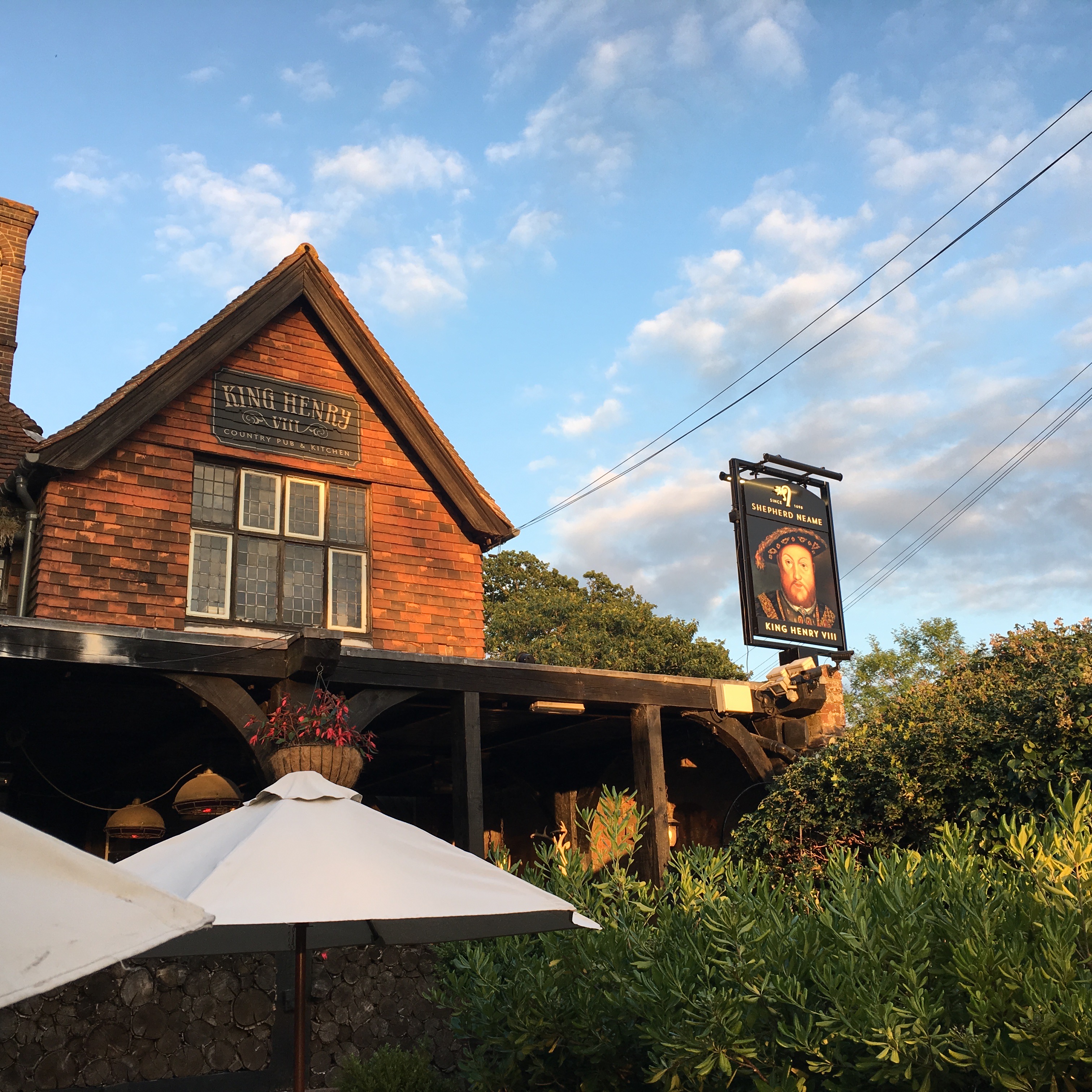
Relevant Information
Visit the Castle:
https: www.hevercastle.co.uk visit
Stay at Hever:
https: www.hevercastle.co.uk stay
What’s on:
https: www.hevercastle.co.uk whats-on
Museum Corner
V&A – London
This bust of Henry VII was based on a plaster cast taken from the dead King’s face and was created by Florentine sculptor, Pietro Torrigiani between 1509-1511.
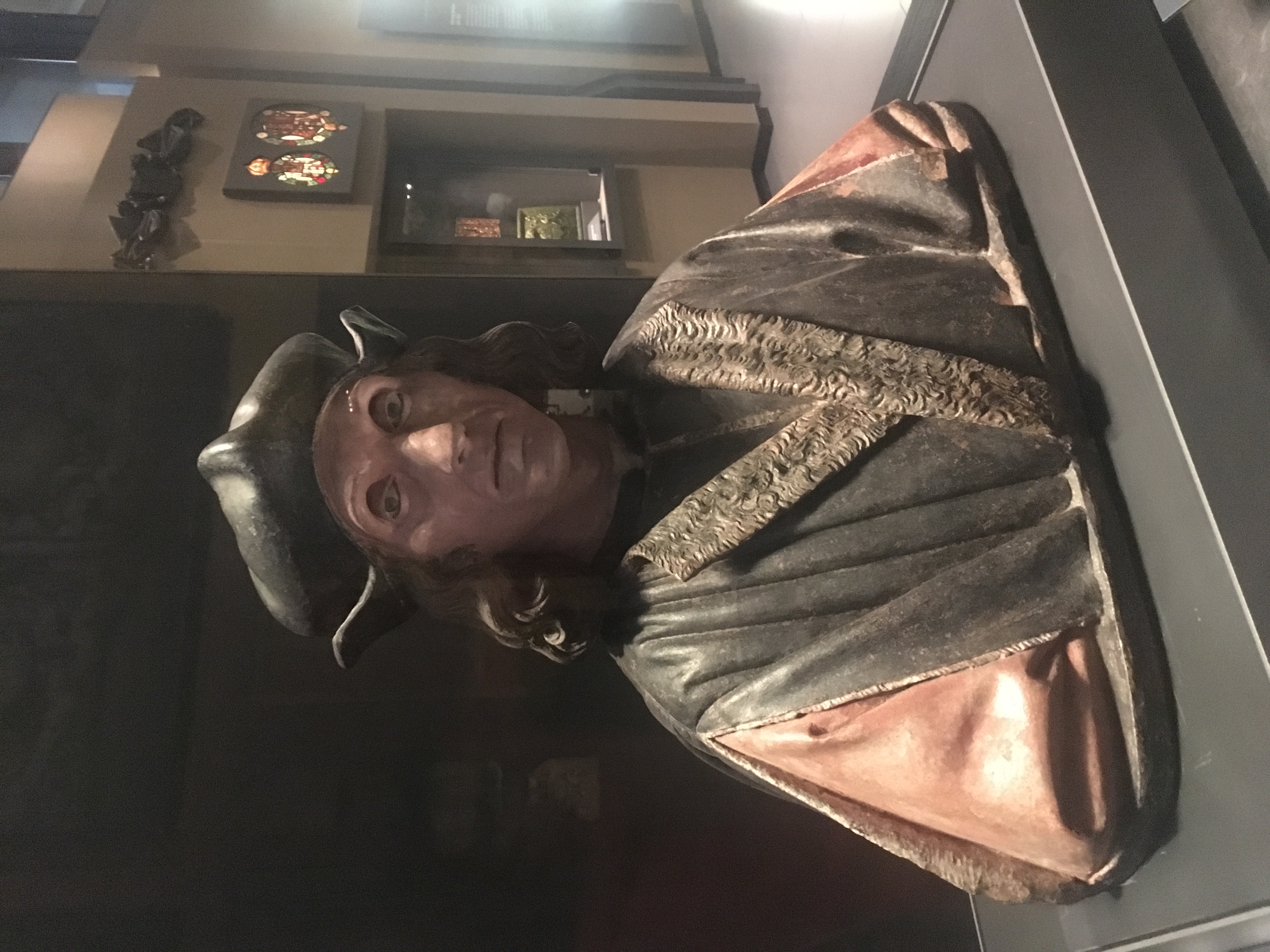
This Week in History
June 6 - 1683
The Ashmolean Museum in Oxford opens and is the first university museum in the world.
June 7 – 1520
Henry VIII and King Francois I met in the field of the Cloth of Gold at 6pm in a valley just south of Calais in northern France. The two kings embraced warmly and the ‘pop-up’ town they had created was dazzling. The purpose of the meeting was to negotiate the terms of an alliance between the two countries.
Each tried to outdo the other, with tents, clothes, huge feasts, and many games including jousting. There was so much ‘gold’ in the clothing and tents that the name for it became ‘the Field of the Cloth of Gold’.
Even though the meeting and festivities lasted 18 days, the alliance fell apart not two weeks later, with Henry subsequently siding with Empower Charles V of the Holy Roman Empire with war subsequently coming by mid 1521.
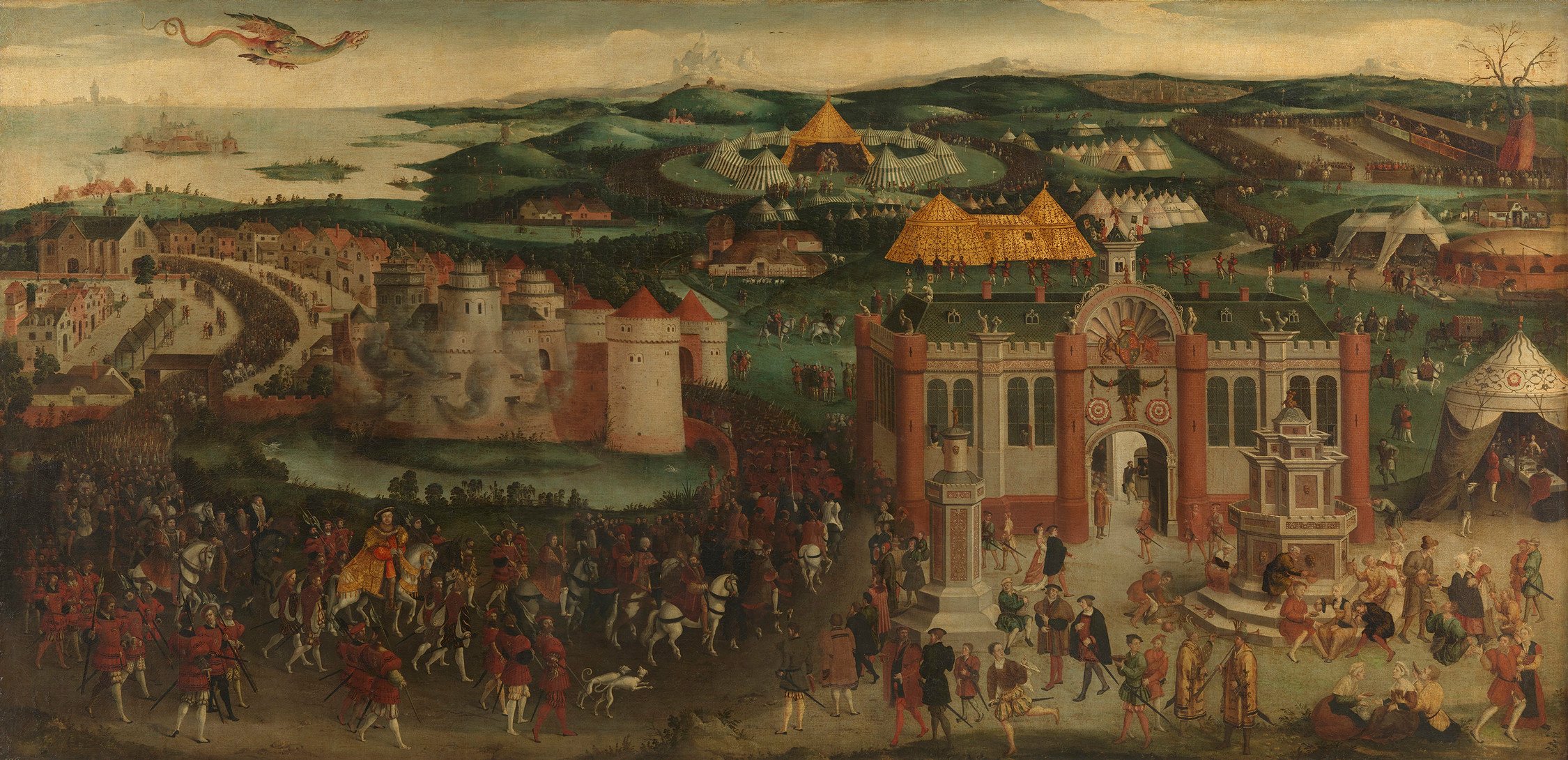
June 9 – 1549
The use of the Book of Common prayer became mandatory in all churches in England and Wales.
June 11 – 1520
Henry VIII married his first wife, Katharine of Aragon.
On My Shelf
Want to read more about Anne Boleyn and her family? The most definitive biography is by Eric Ives: The Life and Times of Anne Boleyn
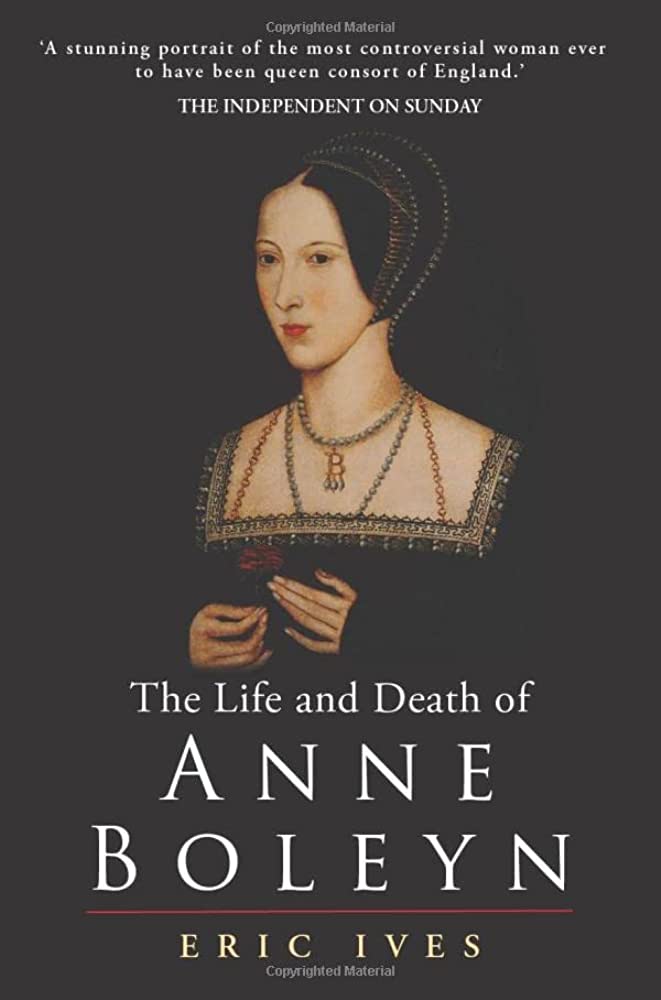
Want to collect this Issue as an NFT?
If you enjoyed this issue please consider sharing it with others you think might enjoy it.

Michelle is a speaker, author, content marketer, historian and mother of 3 boys.
After 25 years in business and as the ‘Content Marketing Queen’ for the past 12 years, she has helped countless small businesses understand and develop their content strategies and focus on a customer first approach.
Savvy Travel Historian is her passion project and her weekly newsletter is available on Substack, Paragraph and Mirror. The latter two allows you to collect each Issue as an NFT.
Michelle is co-host of the Web3 By Three Podcast, a weekly show which talks about current stories in the Web3 space and how it applies to B2B marketing, sales and operations. The show is recorded live every Wednesday at 4pm EST/ 9pm UTC on LinkedIn, YouTube & Twitter Spaces.
You can follow Michelle in these places:
Savvy Travel Historian Instagram
Content Marketing Queen Website
